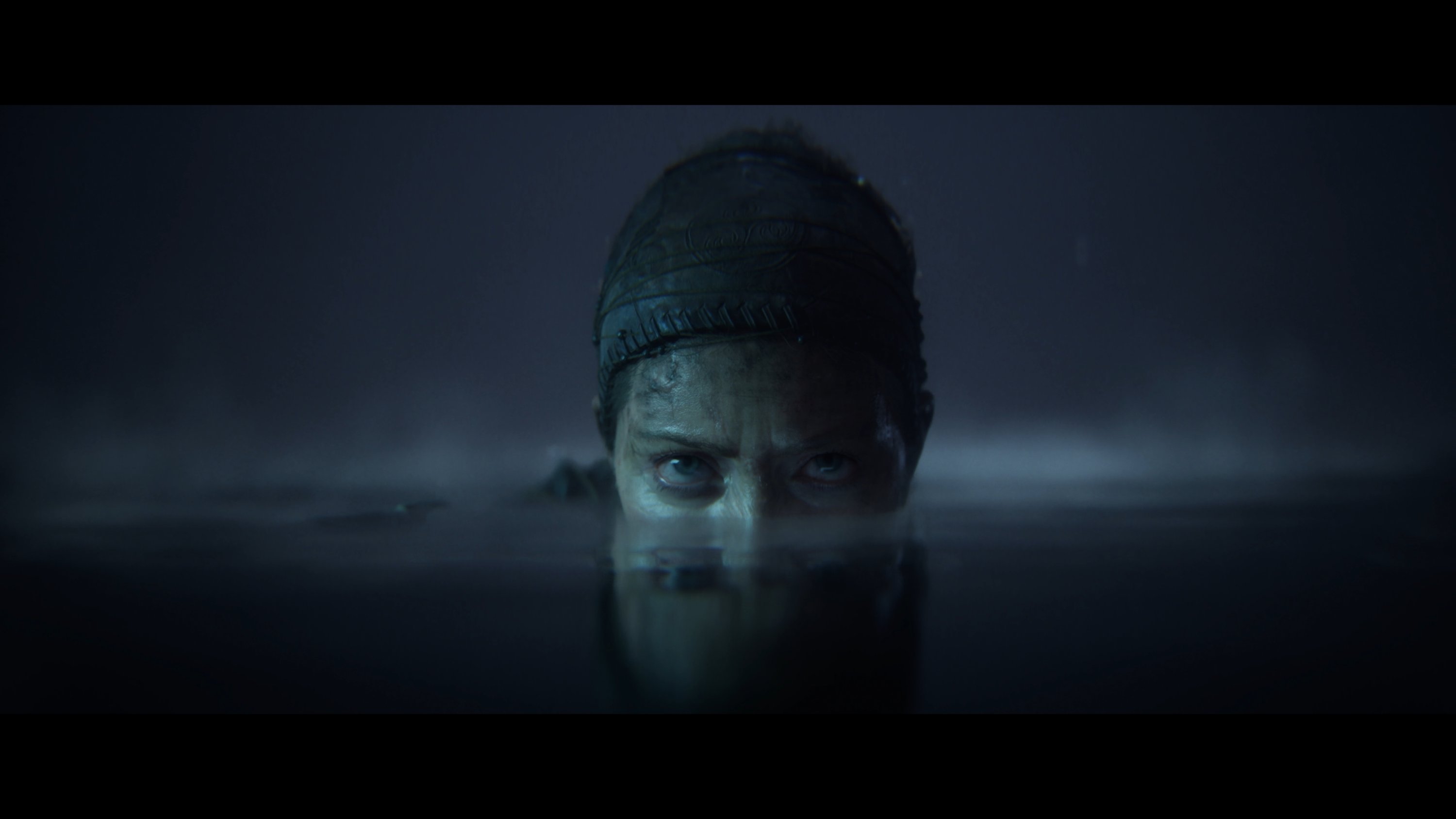© Turkuvaz Haberleşme ve Yayıncılık 2024
Players and critics have rarely been so unanimous: The action-adventure Hellblade is considered a modern classic in video game history.
The battle of the Celtic warrior Senua against the Nordic mythical world became a major hit for the studio Ninja Theory in 2017 and won numerous awards.
Seven years on, the studio, now owned by Microsoft, is releasing a successor. Can Hellblade II build on the success of its predecessor?
Not a typical action hero
The focus of the game is again on Senua. After the Celtic warrior has gone through hell and defeated the goddess Hela, the next adventure is already waiting for her. Vikings have kidnapped the people of her village. Once again, Senua must defeat her inner demons and go hunting.
After a shipwreck, she lands on the Icelandic coast and suddenly finds herself facing giants who have subjugated the land and its people. Together with three companions, she fights a seemingly hopeless battle against a nameless evil.
Anyone expecting one of the usual action spectacles in the style of the successful God of War series will be disappointed. As in the previous title, Senua is not a run-of-the-mill heroine. Where others bravely charge forward, she is plagued by visions, inner voices, and depression.

Hellblade II is therefore a somewhat different action game. Instead of speed and action, players can expect dark landscapes and a melancholic heroine who talks to herself and struggles with mental demons.
The gameplay meanwhile is rather repetitive. Senua sometimes runs through the landscape for minutes, only occasionally interrupted by dull fights against what seem to be the same opponents over and over again. The elaborately designed combat animations only provide excitement at the beginning of the game.
The game doesn’t have the role-playing elements that are typical of this genre. There are no development stages through which Senua’s powers increase or new weapons that make her fight better.
The reluctant heroine concentrates on her sword, which she uses to attack her demon-possessed enemies. When she parries attacks, she gathers her strength for a particularly deadly blow.
Away from the fights, Senua has to solve puzzles to open up paths. Sometimes runes are hidden in the environment and only become visible when the perspective is right. At other times, Senua changes the environment with magical balls: bridges appear out of nowhere or ceilings and floors swap places.
These little puzzle moments become more complex over the course of the game but remain frustration-free as you can solve each puzzle in just a few minutes.
Ninja Theory stages all of this with an audiovisual force that is unique in this year’s gaming. The images change from dreamlike landscapes to nightmare visions and close-ups that show all of Senua’s pain in her face. Psychological pain has rarely been portrayed so believably in a video game.
The soundscape is also convincing: The wind rustles and noises can be heard constantly in the background. The excellently voiced dialogues between Senua and her inner voices round off the idiosyncratic adventure.
Senua’s Saga: Hellblade II is a game that bucks the trend. It’s not a great spectacle, but rather something for players who prefer story to action, an audiovisual delight that lacks variety or challenges.
Instead of speed, the focus is on the story and psyche of the main character. It’s an intense trip into the dark heart of a warrior. Exciting and emotional, the six hours or so of playing time go by far too quickly.
Senua’s Saga: Hellblade II can be played on Windows computers, Xbox and Geforce Now.
